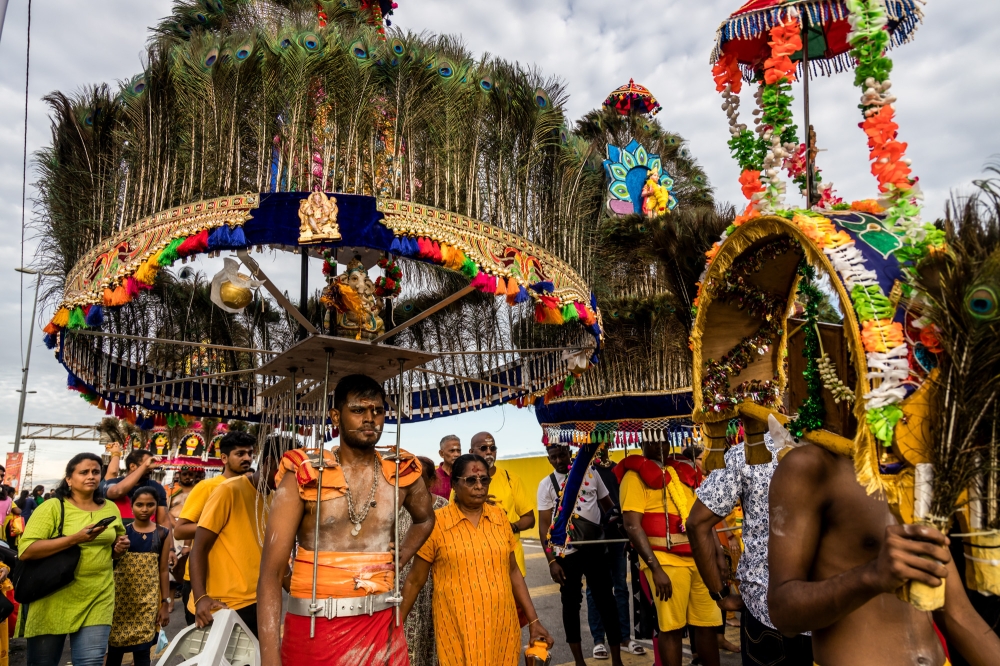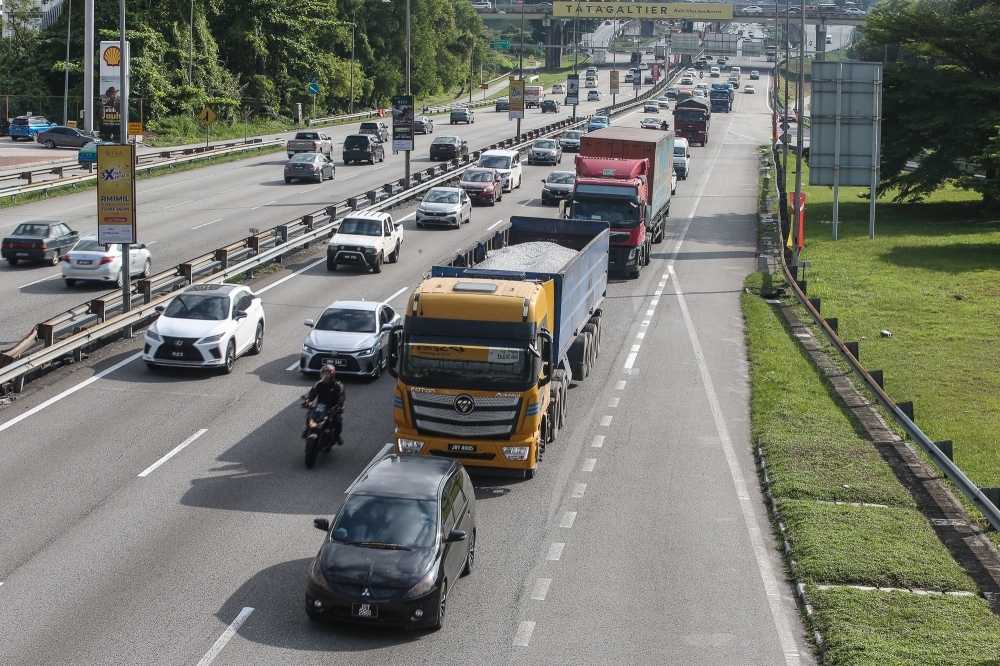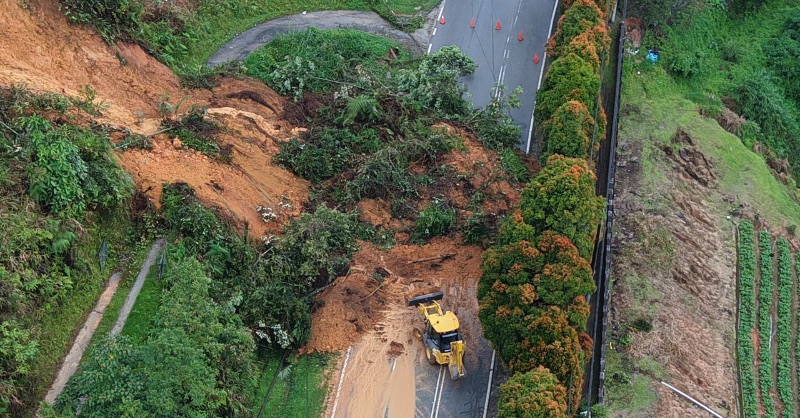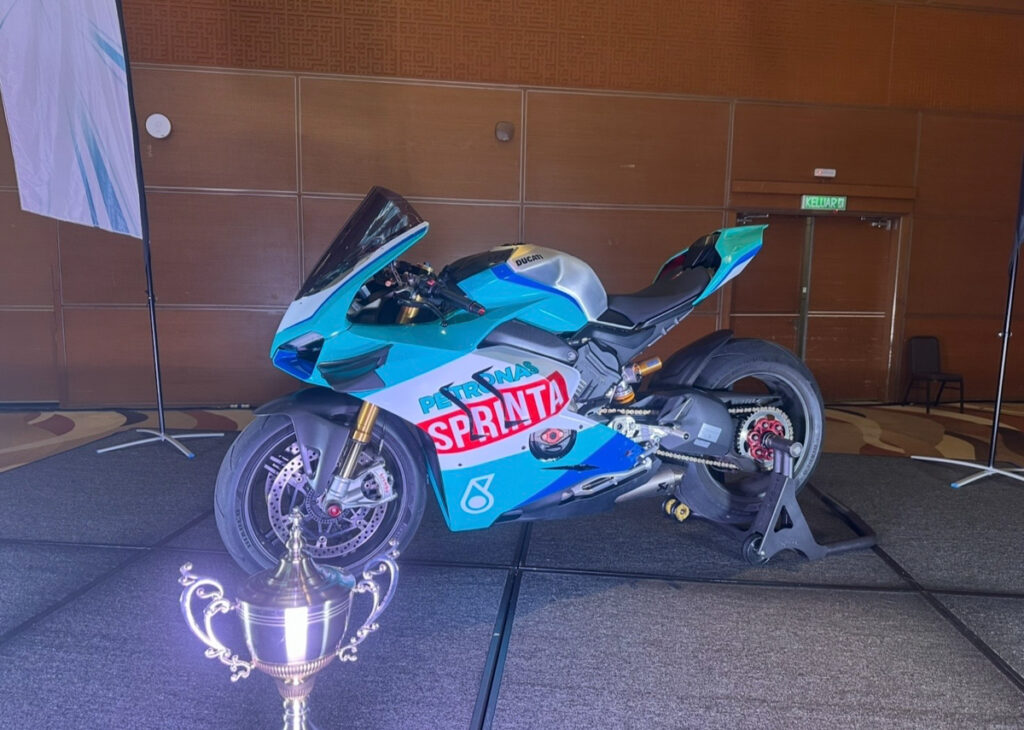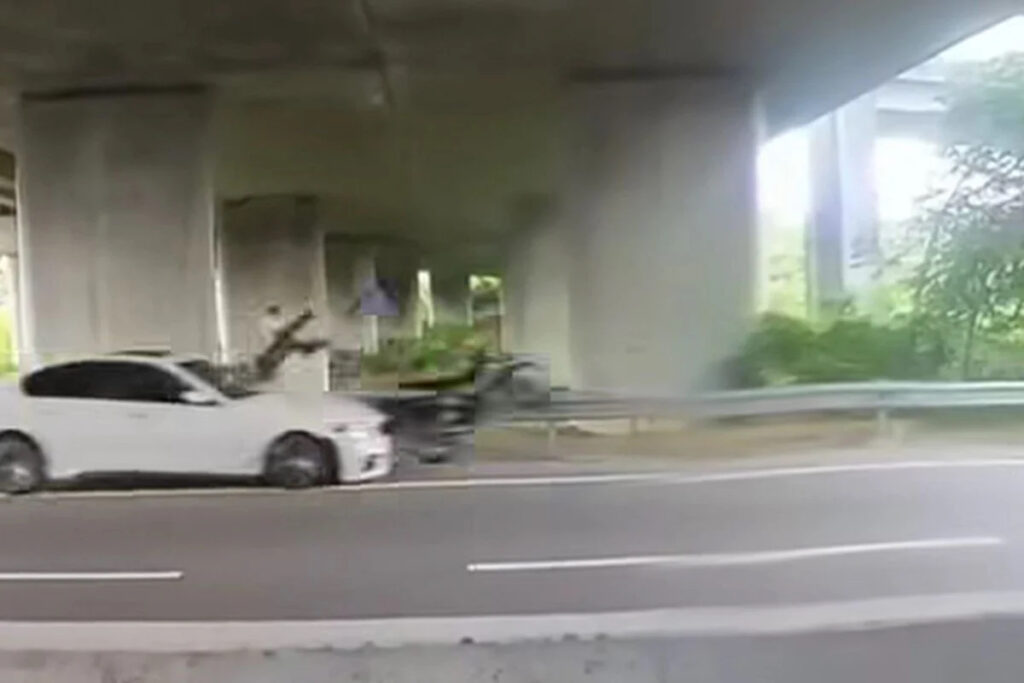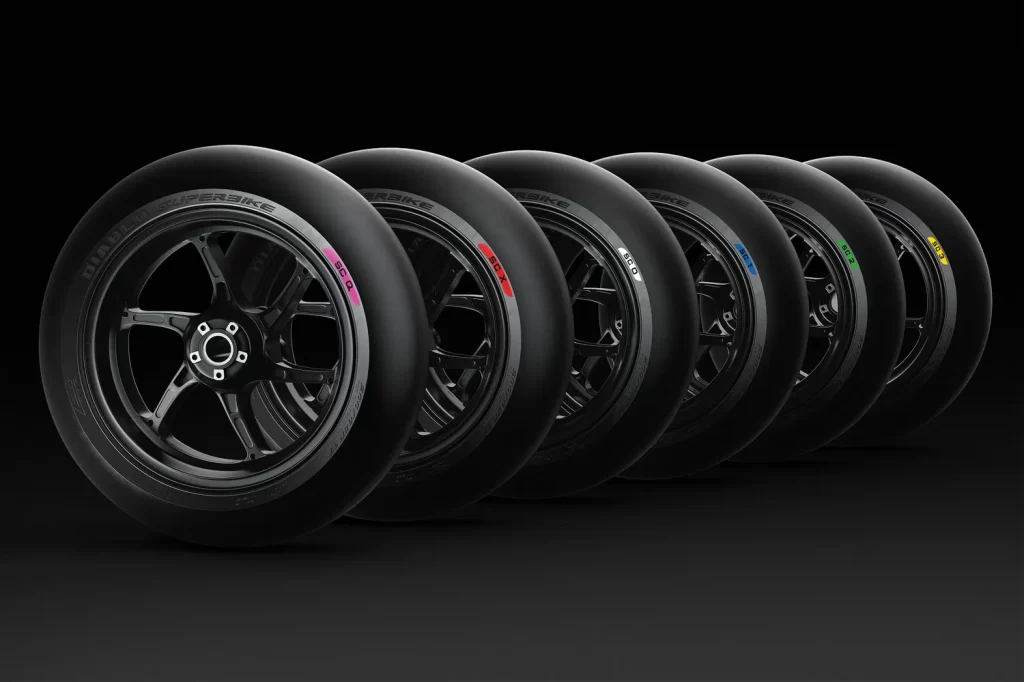The Road Transport Department Malaysia (JPJ) issued more than 107,000 summonses during the Chinese New Year Special Operation, which ran from 20 January to 10 February.
Offenses related to vehicle licensing, driver licensing, and technical violations were among the highest recorded. JPJ Director-General Datuk Aedy Fadly Ramli stated that during this period, the department issued 107,014 notices for various offenses involving vehicles and drivers, following inspections of 429,423 vehicles nationwide.
Additionally, 724 vehicles were seized for various offenses, including no insurance, invalid road tax, and vehicles driven by foreigners without valid licenses.
“JPJ(P) 22 notices were issued for offenses such as expired Motor Vehicle Licenses (LKM) and no insurance coverage (29,994); driver licensing offenses, including no driving license and expired driving licenses (20,414); and technical offenses such as bald tires and faulty brakes (15,610).
Furthermore, 9,052 notices were issued for other offenses, including major offenses (3,994) and goods vehicle offenses (3,161).
“For public service vehicle (bus) offenses, 241 notices were issued, and 140 notices were issued for failure to comply with the goods vehicle driving ban,” he said.
The integrated operation also involved collaboration with the Royal Malaysia Police (PDRM), the National Anti-Drug Agency (AADK), and PLUS Malaysia.
Elaborating further, Aedy stated that technical offenses such as tire and brake issues are common in every operation, and he reminded all road users, vehicle owners, and company vehicle owners to regularly inspect their vehicles.
The operation also enforced a four-day goods vehicle driving ban on 27 January (before the festive period) and 1-2 February (after the festive period).
“JPJ detected goods vehicles that failed to comply with the ban, issuing 140 notices and detaining 21 vehicles under Section 59 of the Road Transport Act 1987,” he said.
However, the number of summonses issued during the 2025 Chinese New Year Special Operation showed a decrease compared to the previous year’s 207,127 notices.
“These statistics indicate an improvement in efforts to reduce road accident rates and fatalities through enforcement measures,” he added.


